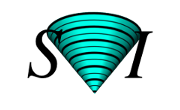Upcoming Events
View webinar schedule
Subscribe for upcoming webinars
Webinar recordingsThrough these events, we aim to provide insights into how you can optimally acquire images, identify artifacts, and correct them using Huygens. This will lead to scientifically more solid and quantitative results using for example the Object Analyzer, Object Tracker and Colocalization Analyzer.
Like to stay informed about future webinars? Fill out this form.
The Mastering Colocalization Analysis series recordings can be viewed here.
We will update you on our new 2026 webinar series soon!
Meanwhile, consider joining our popular Huygens Image Contest with your beautiful data.
